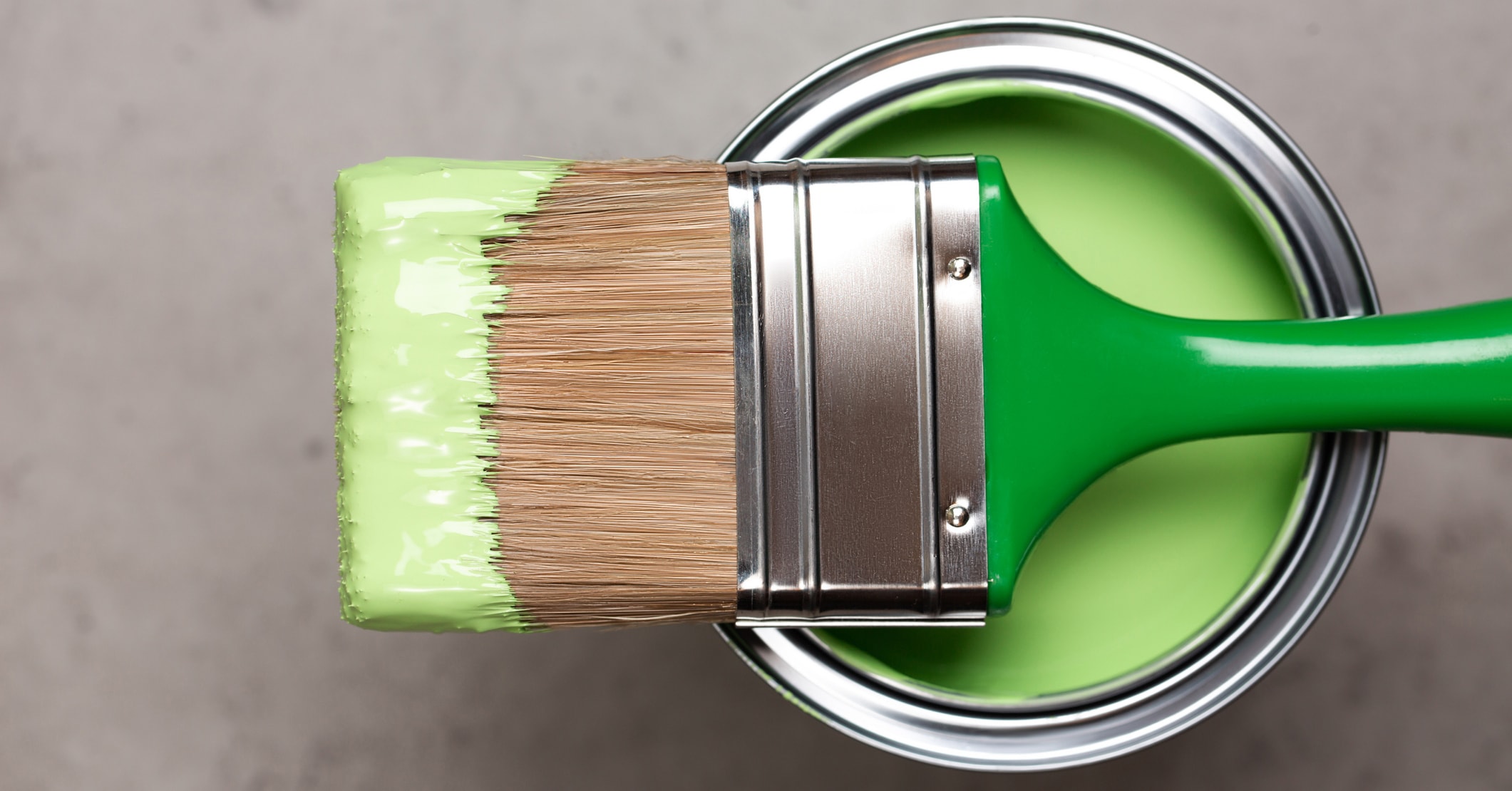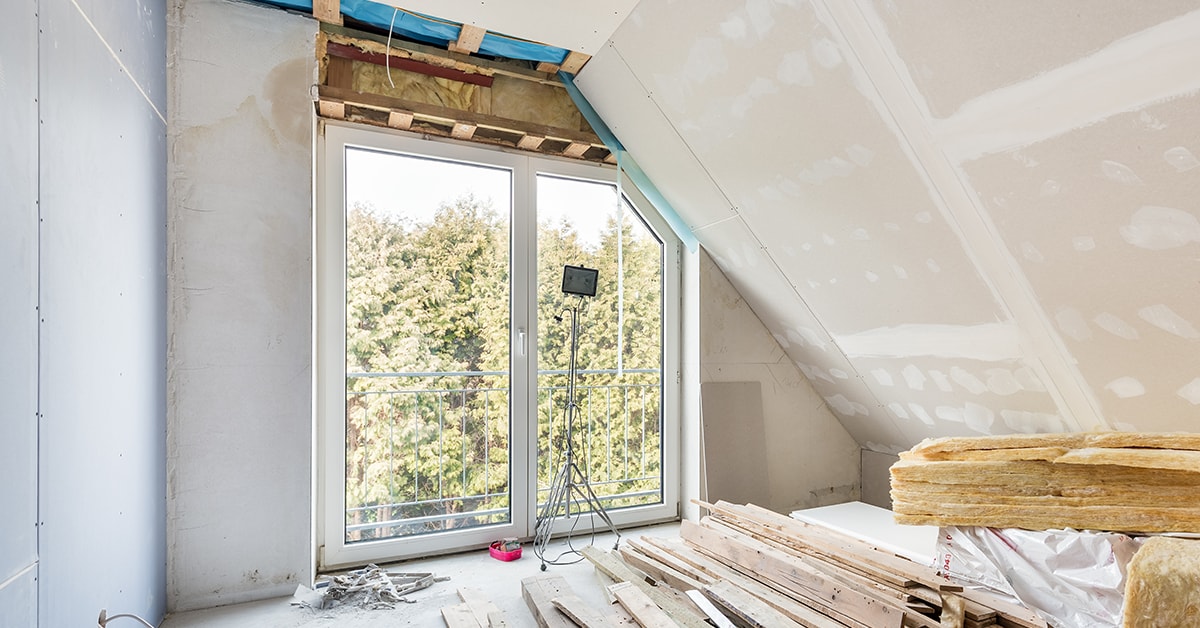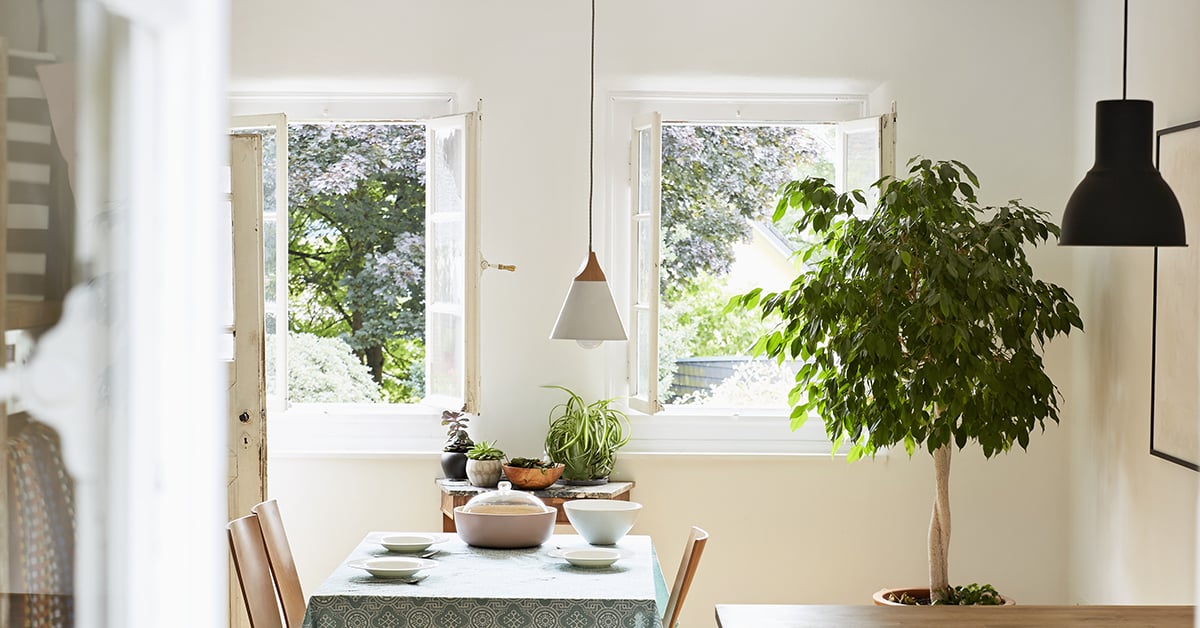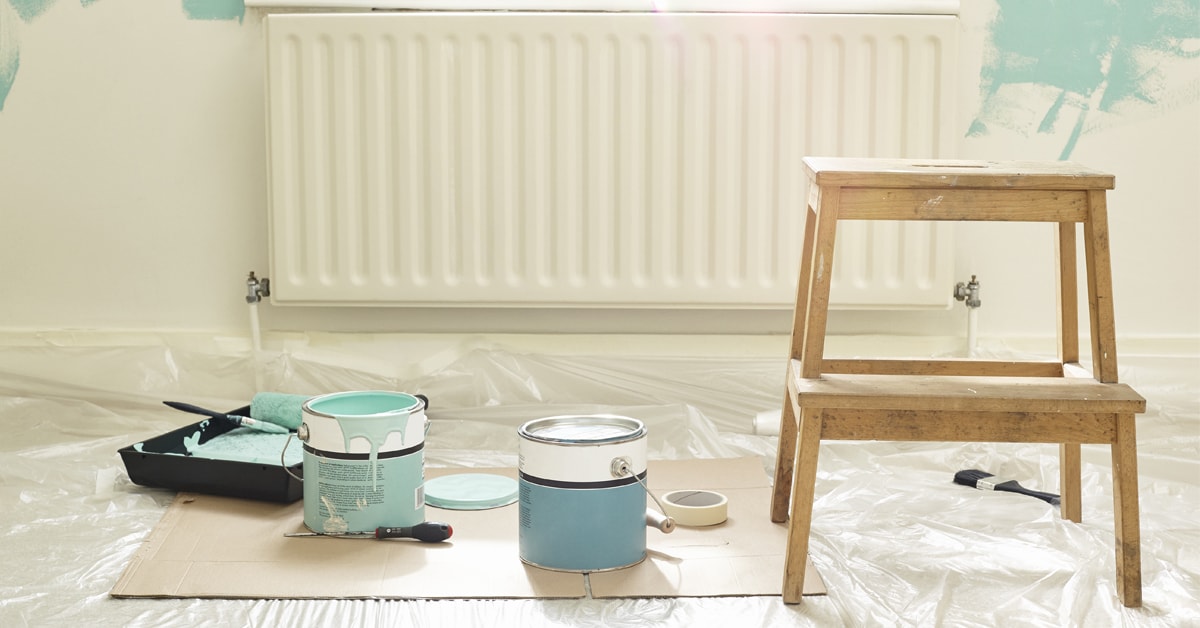1
Choose Recycled Paint
Choosing from the range of recycled paints and stains allows you to reduce resource use and save money. These products cost less than traditional paint. Producing recycled paint and stains also requires less energy than producing new products.

























